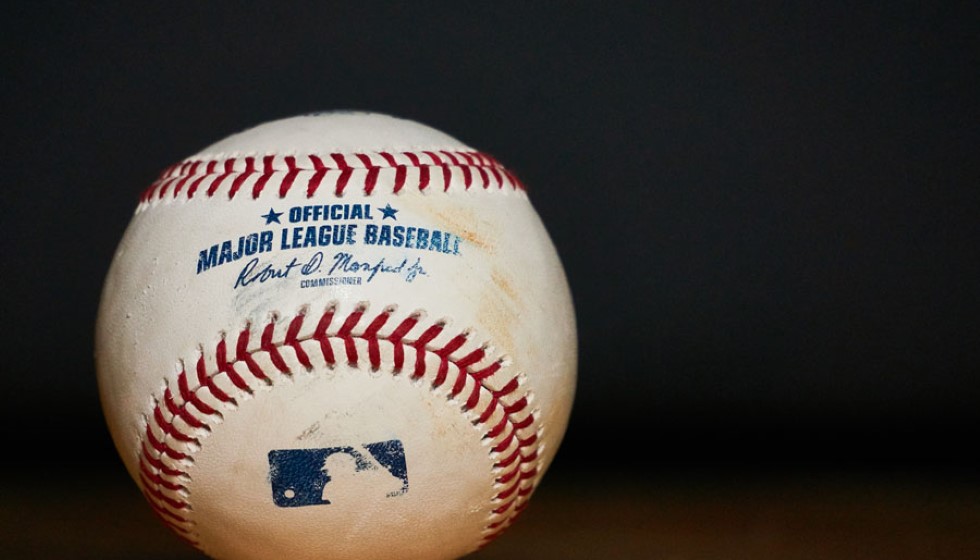
The Dynamics of MLB Arbitration: Understanding the Numbers and Emotions
For players in Major League Baseball, arbitration can be a pivotal moment in their careers, shaping the trajectory of their financial futures. With the deadline for filing salary figures for the 2025 season passing last Thursday, both teams and players find themselves in a crucial phase of negotiations. By 8 p.m. ET, unresolved discussions led to the exchange of proposals, setting the stage for arbitration hearings slated for later this month. This process is especially significant for players with 3-6 years of service, who find themselves eligible to negotiate their worth.
The Eligibility and Earnings
Within this framework also lies the category of "Super Twos"—players with service time between two and three years. This year, the cutoff for "Super Twos" stood at two years and 132 days of service, allowing an additional group of athletes to seek arbitration.
Arbitration discussions often revolve around comparing salaries of players in similar situations. Notable in this sphere was Vladimir Guerrero Jr., who secured a lucrative $28.5 million agreement with the Toronto Blue Jays, successfully avoiding arbitration. Guerrero's earnings, estimated to exceed $70 million over his four arbitration years, highlight the financial stakes at play.
For the San Diego Padres, agreements with Luis Arraez and Dylan Cease were reached at $14 million and $13.75 million, respectively. Meanwhile, the Boston Red Sox finalized a one-year deal with Garrett Crochet for $3.8 million. However, not all negotiations concluded successfully. The St. Louis Cardinals and Brendan Donovan, for instance, did not reach an agreement before the deadline, mirroring the situations of Jarren Duran and Michael King, who are set to proceed to arbitration hearings.
The Emotional Landscape
While the numbers draw headlines, the emotional aspect of arbitration often reveals a deeper layer. Former Brewers pitcher Corbin Burnes once articulated this sentiment, stating that he felt "hurt" by the arbitration process back in 2023. Such feelings underscore the challenges and pressures players face, beyond the monetary figures involved.
Players who secure contracts before the deadline enjoy the assurance of fully guaranteed contracts, a significant advantage in a sport where career longevity can be uncertain. Yet, even with these contracts, the process is not devoid of stress and emotional turmoil.
Breaking Records and Setting Benchmarks
In a notable highlight of this year's arbitration landscape, a new financial benchmark was set. Soto achieved a record-breaking $79.6 million in arbitration, an accomplishment that not only elevates his standing but also sets a precedent for future negotiations.
The Road Ahead
As the arbitration season progresses, these discussions will continue to capture the attention of fans and analysts alike. The outcomes of such negotiations not only influence individual careers but also reflect broader trends in player valuation and team strategy. In a league where talent is a prized asset, understanding the nuances of arbitration is critical.
Whether agreements are reached or hearings proceed, the impact of these negotiations resonates far beyond the confines of the negotiation room. For the players, it's a balancing act between professional aspirations and personal resilience, while for the teams, it's a strategic endeavor that could sway the competitive landscape for seasons to come.